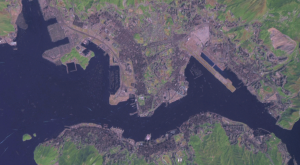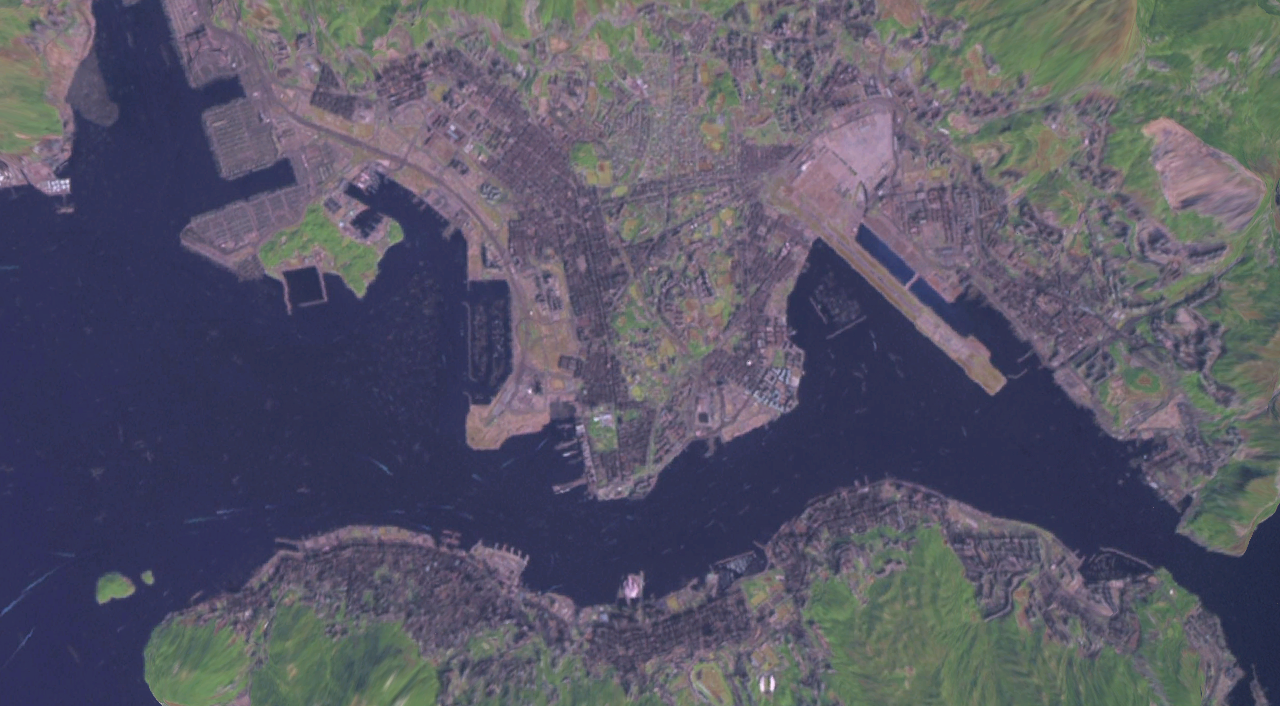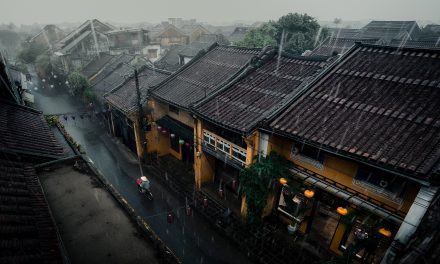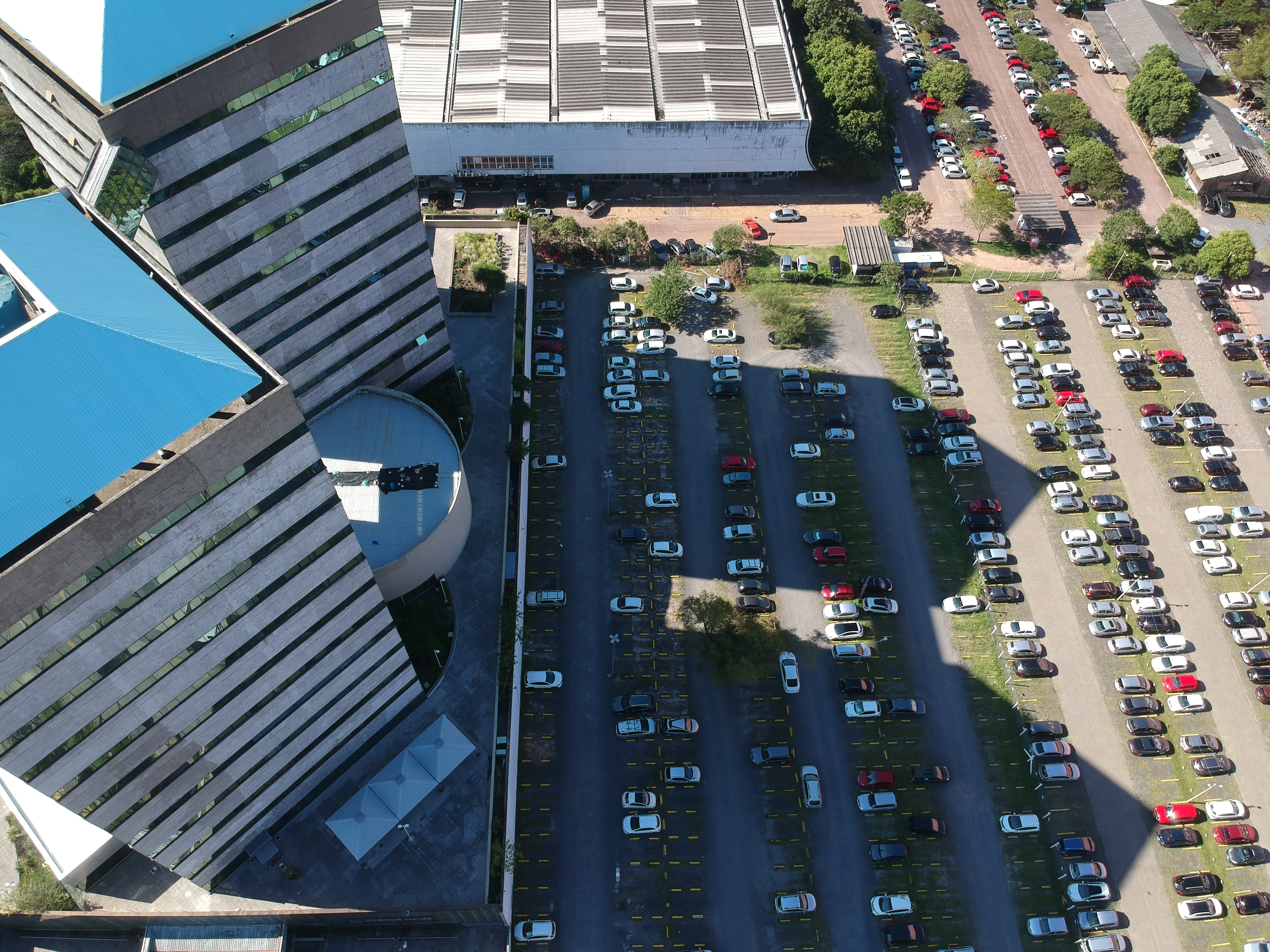Located between a busy highway and Hong Kong’s Victoria Harbour, Happy Valley Recreation Ground is a heavily frequented hotspot for locals and

For Hong Kong, situated along the South China Sea, efforts to control stormwater runoff must also be developed with proximity to the ocean in mind. Climatologists predict that the effects of climate change will intensify storm surge and make heavy rainstorms more likely to occur. National Aeronautics and Space Administration.
tourists alike. But during the rainy season, the appeal of the low-lying neighborhood’s museums, sports fields, and horse-racing track is compromised by its high susceptibility to stormwater flooding.
In 2008, for example, the racetrack was submerged under nearly 0.9 m (3 ft) of water after a particularly heavy storm intensified tides in the South China Sea. The water outpaced the handling capacity of area culverts and collection systems. In 2011, Hong Kong’s Drainage Services Department (DSD) began construction on a $1 billion HKD ($127.8 million USD) project intended to compensate for Happy Valley’s significant amount of runoff-generating cover while also bolstering the area against the expected effects of climate change.
The project, which wrapped up construction last year, received a 2017 Hong Kong Award for Industries in the innovation and creativity category.
For dense coastal developments: detain, don’t drain
The traditional response to chronic flooding in densely urbanized areas such as Happy Valley is to build additional drains or upgrade existing drains to better convey excess stormwater into the ocean. In Happy Valley, however, installing drains would significantly disturb the day-to-day function of the racetrack. Even when completed, the site’s proximity to the shore means the drains would risk being overwhelmed by incoming tides.
DSD contracted with Black & Veatch (Overland Park, Kan.) to advise and optimize key parts of the project. The design choice was to detain stormwater rather than drain it.
A 60,000-m3 (2.1 million-ft3) storage tank now sits underground beneath the racetrack. During routine storms, rainwater flows into a tank-adjacent culvert before moving downstream from Happy Valley to be handled by the existing drainage network, leaving the tank largely dry. In the case of severe wet weather, a network of sensors monitors water levels in Victoria Harbour as well as both upstream and downstream from the culvert. When a certain threshold is reached, a supervisory control and data acquisition (SCADA) system automatically activates an array of adjustable weirs that deliver floodwaters into the tank.
After the storm, when water levels downstream from the tank drop, so too do the weirs. When the weirs are down, up to two-thirds of the stored stormwater in the tank flows freely downstream into the drainage network, significantly reducing energy costs associated with pumping the water, according to a release from Black & Veatch. The system is intended to provide an automated flood management response for 50-year storms.
“Innovation was the key to the scheme’s success,” said Andy Kwok, who leads Black & Veatch’s water division in Hong Kong. “The solution works with nature instead of against it while using the best technology on hand.”
Learn more about the Happy Valley Underground Stormwater Storage Scheme project.







